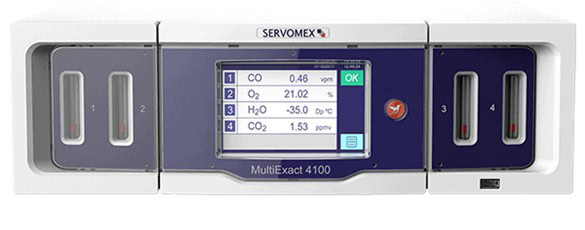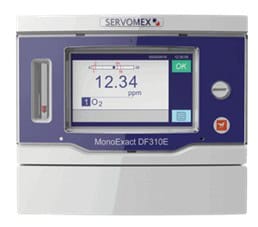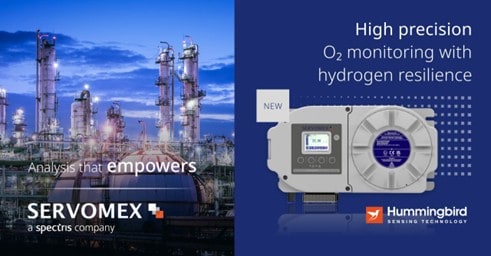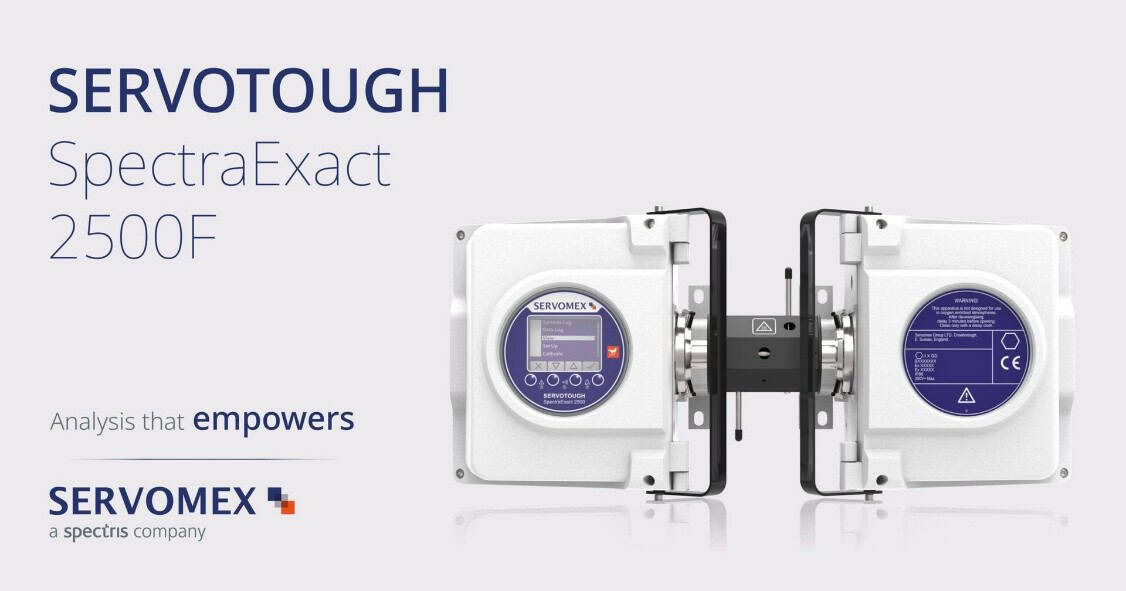Hydrogen (H2) is vital energy source for the low-carbon future because it only produces water when burned. However, current production methods still produce greenhouse gases. Over 90% is “grey” hydrogen produced using steam methane reforming (SMR) or “blue” with carbon capture utilization and storage (CCUS). Only a small fraction is “green” hydrogen, produced renewably via electrolysis. Integrating hydrogen also faces challenges like high production costs, storage limitations, and flammability risks. Significant investment i s also needed to develop production and distribution.
As a leader in gas analysis, Servomex provides advanced solutions to empower hydrogen adoption, including for air separation unit (ASU) applications. This can ensure regulatory compliance, operational efficiency, and safety, helping make it viable for all industrial applications.
The role of SMR in H2 production
The majority of H2 production is made with unabated fossil fuels, primarily natural gas. Steam methane reforming (SMR) brings together natural gas and heated water in the form of steam. The output is H2, but for every ton produced, nearly 12 tons of CO2 are released into the atmosphere.14 This process is so dirty it equates to almost 2% of global greenhouse emissions each year.
New technologies, new opportunities
Blue hydrogen also produces the gas from fossil fuels – but carbon capture utilization and storage (CCUS) limit emissions. This can work with conventional SMR, making it easier to adapting existing production plants. But new technologies are also being explored, including autothermal reforming (ATR). This works similar to SMR, but energy is provided by introducing O₂ to burn part of the feedstock. When combined with CCUS, this can achieve higher energy efciency with lower investments and a simplifed production process. While still not quite net-zero, this process can capture 99% of carbon emissions.
Working together to optimize production
Designed for analyzing corrosive toxic and fammable gas streams, the SERVOTOUGH 2500 analyzers measure H2 concentrations to ensure optimized performance of the reduction process. SERVOTOUGH Oxy 1900 analyzers utilize our Paramagnetic sensing technology to provide the stable, reliable percentage O2 measurements required to maintain process safety and efciency.
The growing importance of ASUs
Air separation will play a vital role as green hydrogen plants expand. High-purity N2 will be needed for purging electrolyser systems. Nitrogen is also crucial for cooling H2 to cryogenic temperatures for safer liquid storage and transport.
Gigawatt-scale plant may even opt for on-site production – either using an ASU or a simplifed N2 generator. Servomex is well known for comprehensive multi-gas analysis on the ASU plant. The SERVOPRO MultiExact 4100 provides simultaneous measurement of up to four gas streams, including O₂, CO₂, and moisture. Utilising a wide range of sensing technologies, this high-performance analyzer offers operational fexibility and high reliability, meeting the stringent demands of industrial gas manufacturers.
In industrial gas applications, where accurate O₂ and moisture measurements are vital, the SERVOPRO MonoExact DF310E stands out. Designed for precision trace-level measurement, it combines a digital Coulometric O2 sensor with a non-depleting Paramagnetic sensor option. This ensures reliable performance in various applications, from N2 and Ar production to specialty gas blending.


Conclusion: Preparing for the H2 future
Hydrogen offers a real opportunity to fuel the energy transition and limit global warming. The industry demand is there, and the technology is viable. But that doesn’t mean the H2 future is guaranteed. As this whitepaper has demonstrated, ASUs are pivotal in both short-term and long-term production pathways, enabling blue hydrogen through CCUS and supporting green hydrogen infrastructure with vital gases. However, the integration of H2 presents significant challenges, notably in ensuring purity, safety, and operational efficiency.



